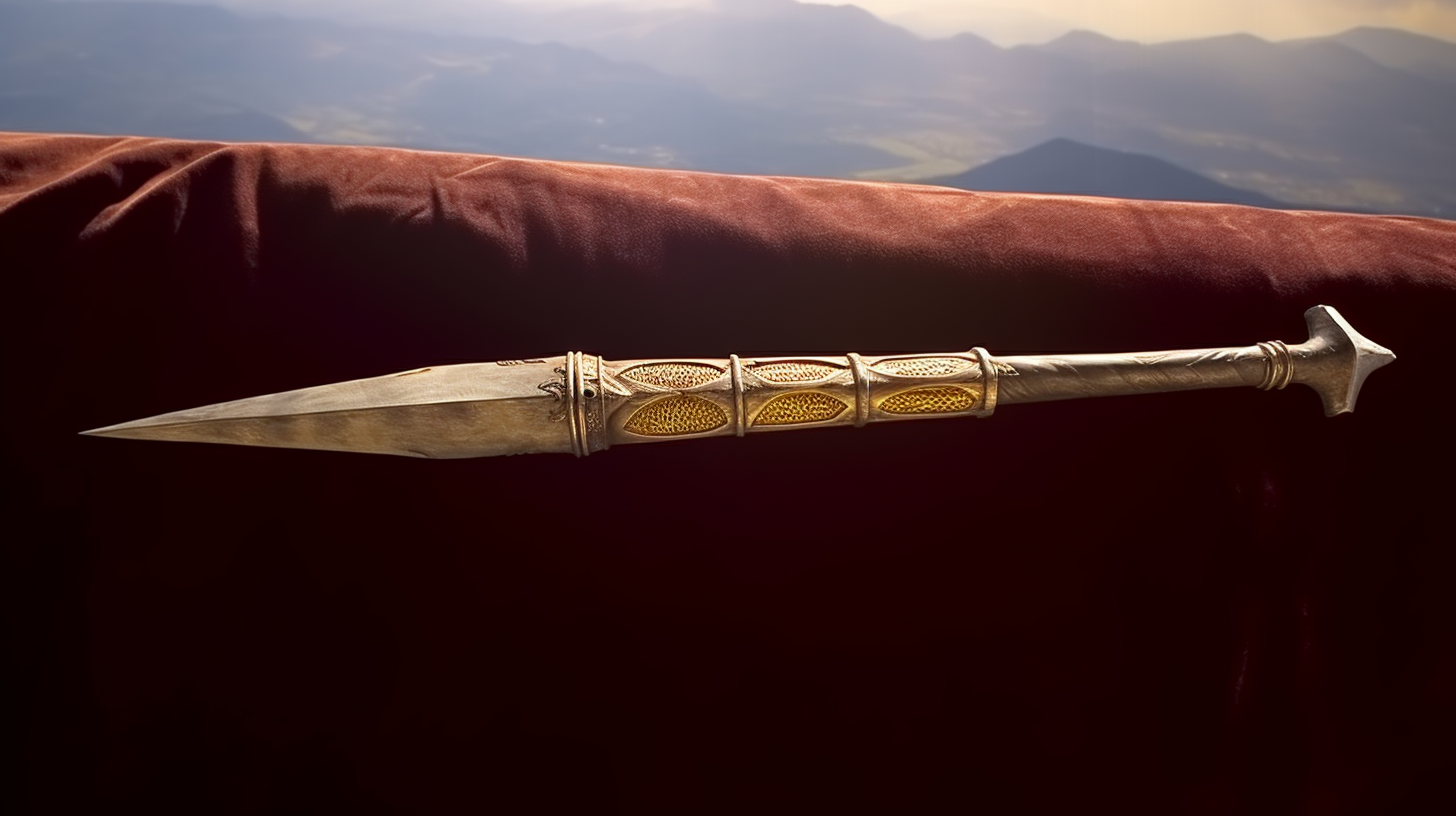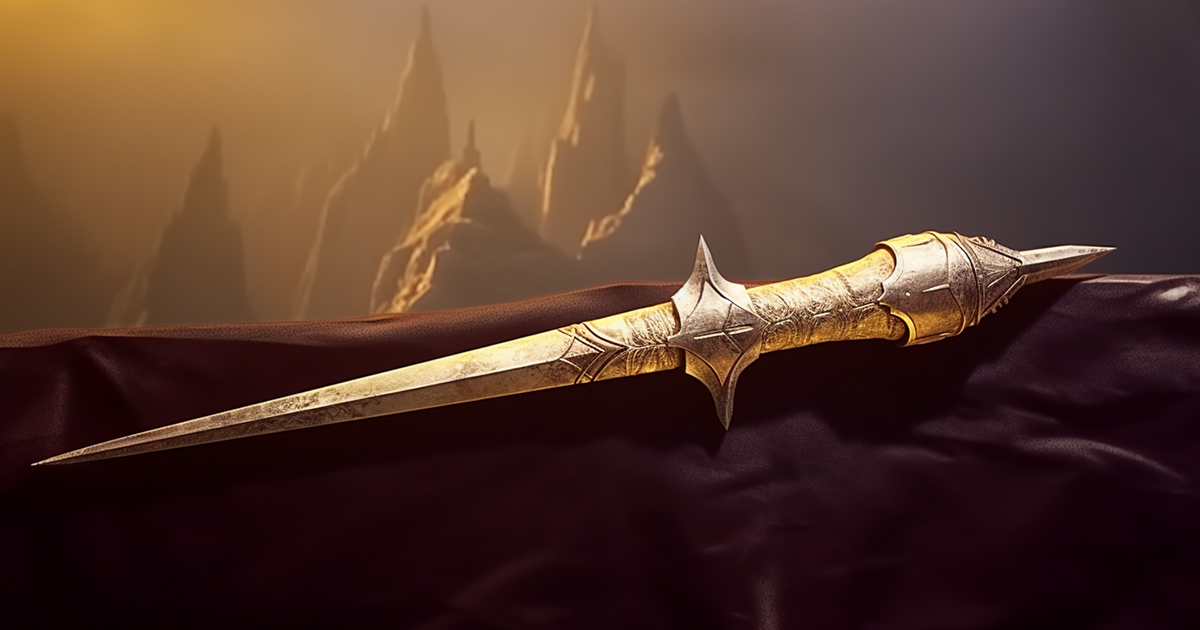Throughout the annals of time, there exist stories of objects possessing the ability to alter the destinies of nations and shape the paths of rulers and armies. These artifacts are often veiled in secrecy and enveloped in folklore, and today, we delve into the enigma surrounding one such mysterious relic.
While the Old Testament is rich with tales of revered objects like the menorah and the Ark of the Covenant, the New Testament too alludes to a significant artifact—a humble spear.
Legend has it that this spear was held by a Roman soldier during the crucifixion of Jesus Christ. Its origins, as chronicled in the Gospel of John, are interwoven with a narrative that has mesmerized believers for generations.
Imagine the scene: Jesus hangs upon the cross, and the Romans are keen to confirm if he has truly passed away. Tensions mount as they prepare to bring him down and lay him to rest. In this tense moment, a Roman soldier steps forward.
It is said that his name was Longinus. He is entrusted with the weighty task of ensuring Jesus’s demise. His directive: to pierce the side of the crucified man.

Longinus, however, is believed to have suffered from a visual impairment, be it blindness or shortsightedness. As the spear penetrates Jesus’s side, a miraculous event unfolds—the blood and water that flow out touch Longinus’s eyes, miraculously restoring his vision. In the realm of Christian faith, this transformation is deemed divine.
The ordinary spear that made contact with Jesus transcended into something extraordinary, something divine. It became known as the Holy Lance or the Spear of Destiny.
For those who adhere to this belief, the Spear of Destiny holds immense power. It is believed to have pierced the body of Christ, thereby becoming a vessel of divine essence.
For, if one connects with the sacred, it is thought that they cannot remain unchanged. Tales suggest that possessing this revered relic renders one invincible. This notion has enticed numerous leaders throughout history, each vying to claim the Spear for themselves.
One such figure was Charlemagne, the formidable 8th-century King of France who swept through Europe in victorious campaign after campaign. Charlemagne, also known as Charles the Great, carried the Spear of Destiny into a staggering 47 triumphant endeavors.

His conquests spanned far and wide, from France and Germany to present-day Slovakia and Hungary. On a momentous Christmas Day in 800, Charlemagne’s ascension reached its pinnacle when he was anointed as the emperor of the West by the Pope. Many believed that the Spear of Destiny was instrumental in his unyielding victories.
However, the lore surrounding the Spear carries a peculiar caveat—one that suggests a significant cost for its extraordinary abilities. It is rumored that if the Spear is dropped, lost, or even if one strays from it, all victories attained through it are rendered null.
Allegedly, this foreboding prophecy materialized when Charlemagne, in the fervor of battle, lost hold of the Spear. The result? Despite his prior string of triumphs, he faced a crushing defeat.
Today, the Spear of Destiny rests within the revered walls of the hofbrick Museum in Vienna. It stands as a source of intrigue for tourists and scholars alike. The lingering query pertains to whether this seemingly unremarkable artifact genuinely possessed the ability to sway the destinies of nations. Over eras and across diverse cultures, humanity’s steadfast belief in the Spear’s extraordinary influence endures.
Video:
As we mull over the tenacity of this belief, we are reminded of the timeless enchantment of legends that intertwine triumphs, setbacks, and wonders. The Spear of Destiny may never fully disclose its mysteries, yet its lasting allure beckons us to explore the junctures of faith, history, and the enigmatic relics that mold our world.
